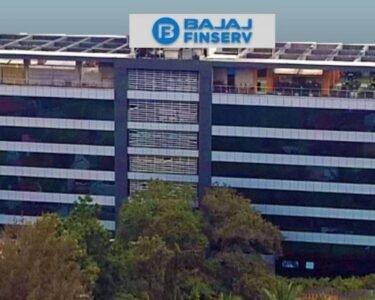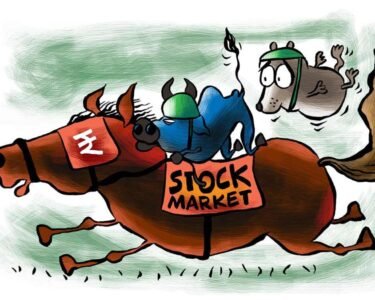When people think about Apple (AAPL -1.62%), products like the iPhone likely come to mind. But long-time investors probably think more about the company’s stock, which has rewarded shareholders with a 532% appreciation over the last 10 years through June 9. That’s easily outpaced the S&P 500 index’s 189% gain.
Apple has also become a reliable dividend payer since restarting payouts in 2012. It’s good to know that the board of directors has committed to making regular payouts. It’s particularly useful if you’re targeting a specific annual total, such as $1,000.

Image source: Getty Images.
Dividend support
First, it’s essential to check on whether Apple can support the current dividend. Fortunately, the company produces plenty of free cash flow (FCF) that should give investors confidence.
In the first six months of the current fiscal year, which ended on March 29, Apple’s FCF totaled $47.9 billion, and it paid out $7.6 billion in dividends.
Now that we’ve confirmed Apple’s ability to sustain its dividends, it’s time to turn to the number of shares needed to produce $1,000 in yearly dividends.
Share calculation
Apple raised its May quarterly dividend by a penny to $0.26 per share. While the board of directors has a history of annual increases, it’s prudent to take a conservative approach and assume the dividend remains constant. Should the company continue to boost payouts, you’ll receive more than $1,000 annually.
Multiplying the quarterly dividend by four works out to an annual dividend payment of $1.04 a share. To receive $1,000, you’d have to purchase 962 shares. Using the June 9 closing price of $201.45, those shares will cost about $194,000.
It’s nice to receive secure dividends. However, with a 0.5% dividend yield, investors will hope capital appreciation will provide the majority of Apple’s total return.




